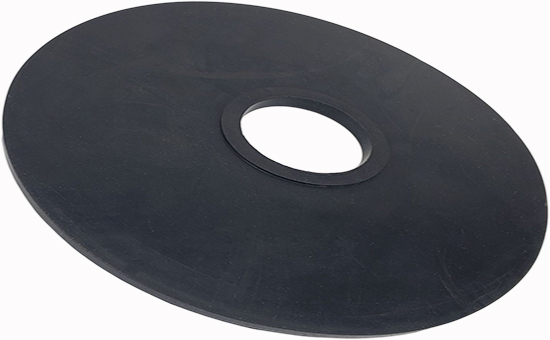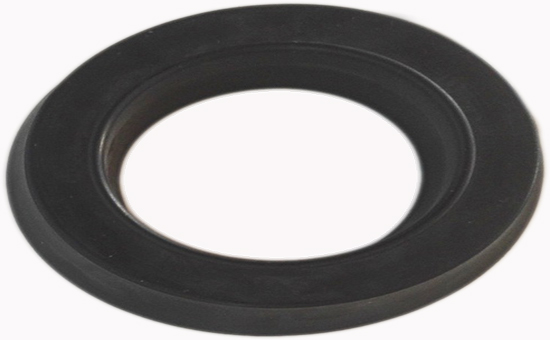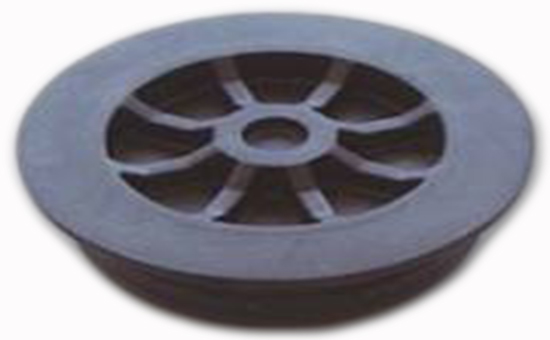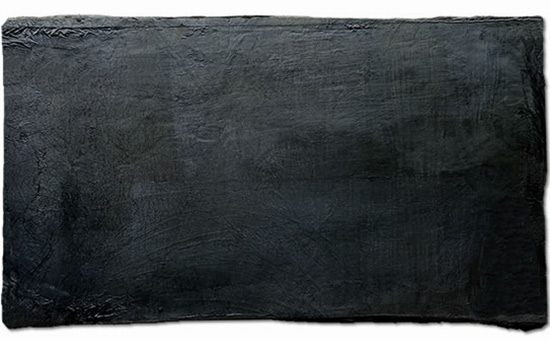Natural rubber is a typical diene rubber, its main component is rubber hydrocarbon (cis-1,4-polyisoprene), unsaturated carbon chain polymer. Natural rubber has strong chemical reaction ability, both free radical reaction and ionic reaction can occur; the reaction of natural rubber can be divided into addition, substitution, cyclization, cleavage, etc., generally mainly substitution reaction . In the actual production and application process, what are the chemical properties of natural rubber? What problems should be paid attention to during use?
1. Vulcanization characteristics
At 130-150°C, the powdered sulfur and rubber are uniformly mixed. After a period of time, the linear structure is transformed into a network structure, which is vulcanized rubber. Each chain link of natural rubber contains a double bond, which can undergo an addition reaction. Due to the influence of the double bond and the methyl substituent, the hydrogen atom on the α-methine group near the double bond becomes active, and substitution reaction is prone to occur. Therefore, natural rubber is easy to undergo a vulcanization reaction (structural reaction) with a vulcanizing agent.

In actual production, natural rubber can also undergo oxidation and cleavage reactions with oxygen and ozone, chlorination and bromination reactions with halogens, and cyclization reactions under the action of catalysts and acids; part of the reaction is also related to the aging of natural rubber. There is a direct relationship.
2. Aging characteristics
The so-called aging refers to the phenomenon that unsaturated rubber, especially vulcanized rubber, is easy to absorb oxygen in the air and become oxides, thereby breaking the molecular chain and excessive crosslinking, causing the rubber to stick and crack, and the physical and mechanical properties of 2YLYY115 decrease. Light and heat, flexural deformation and metals such as Cu and Mn can promote the aging of rubber. Experiments show that if the rubber is not added with anti-aging agent, it will generally crack after 4-7 hours of exposure; contact with a certain concentration of ozone, cracks will occur within a few seconds.

The biggest disadvantage of natural rubber is that it is not resistant to aging. Generally, the addition of antioxidants can greatly alleviate this phenomenon.
3. Mechanical properties
(1) Tensile strength: The raw rubber, compound rubber and vulcanized rubber of natural rubber have high mechanical strength. The tensile strength of unvulcanized natural rubber is Green's strength, and proper Green's strength is necessary for the processing and molding of rubber; generally, unvulcanized natural rubber contains a lot of gel, and the Green's strength is relatively high, about 1.4-2.5MPa. The tensile strength of natural rubber pure rubber vulcanized rubber is among 17-25MPa, and the tensile strength can be increased to 25-35MPa after adding carbon black for reinforcement.
In the actual production and application process, the tensile strength of natural rubber and vulcanized rubber will decrease as the temperature rises.

(2) Reinforcing performance: As a crystalline rubber, natural rubber has strong reinforcing performance. When the rubber is stretched strong, the macromolecular chains will be oriented along the stress direction to form crystals, and the crystal grains will be dispersed in the amorphous macromolecules. Play a reinforcing role, and then improve the mechanical strength of natural rubber.
(3) Flexural resistance: natural rubber has low hysteresis loss, low heat generation during multiple deformations, and good flexural resistance.

Natural rubber is widely used in tires, tapes, hoses, rubber shoes, wires and cables, and most rubber products. When producing various rubber products with natural rubber as the main raw material, rubber product manufacturers must follow the chemical performance characteristics of natural rubber, According to the physical requirements of rubber products, select the appropriate natural rubber varieties, reasonably adjust the product vulcanization formula and production process, and appropriately add reclaimed rubber and reclaimed rubber powder when necessary, so as to further improve the processing performance of the rubber and the overall product integration while reducing costs. index.
Exclusive original article [commercial authorization] reprint, excerpt and excerpt in any form are prohibited without written authorization. Focus on Hongyun rubber: learn the process formula and raw material technology of producing rubber products from recycled rubber to help you reduce costs and increase profits